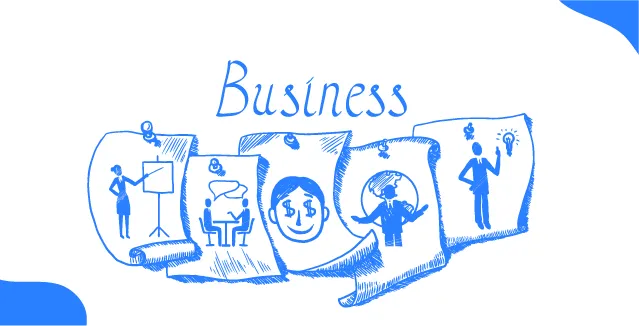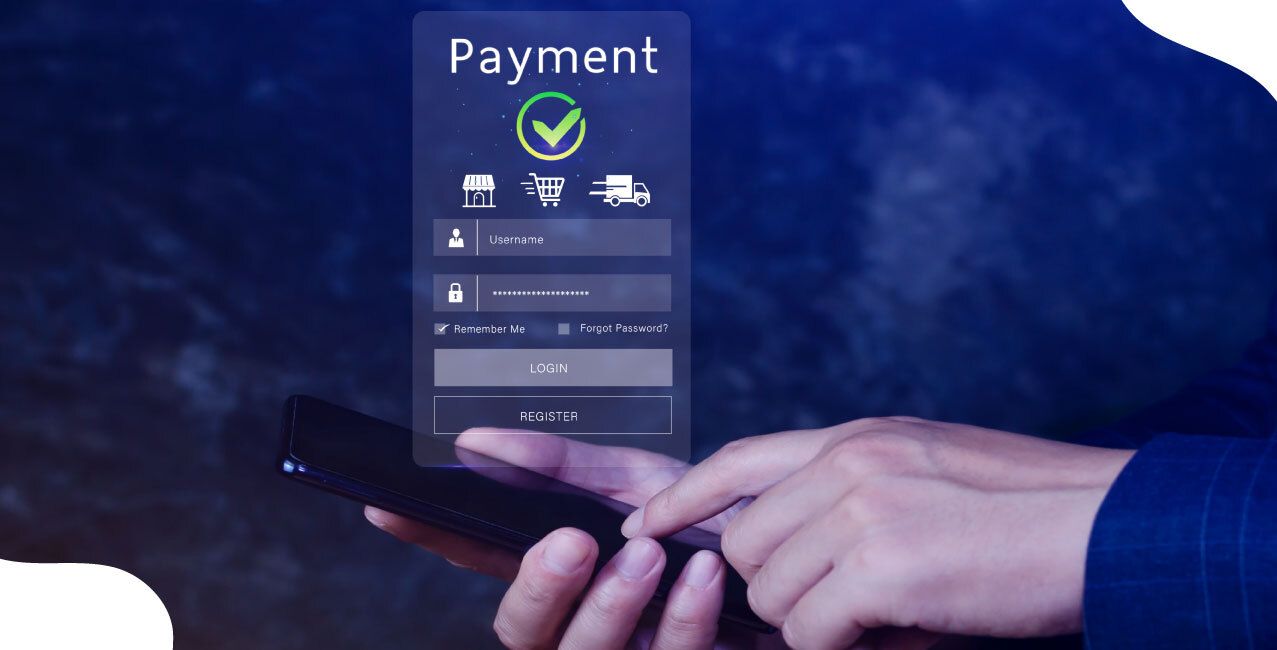
Author
LoansJagat Team
Read Time
5 Min
24 Jul 2025
What is a Business Model? Types, Examples & Key Elements
A business model describes how a corporation earns it. It gives details about what it sells, its buyers and how it makes a profit.
Example: Diwaker has built a content writing firm. To an investor, he describes his mode of business:
- What he sells: High-quality content for websites, blogs, and ads.
- Who buys it: Small businesses, startups, and marketing agencies.
- How he earns: Charges clients per project or monthly retainer.
- Costs: Pays writers, runs ads, and maintains a website.
- Profit: Earns more than he spends.
The investor was fond of such a clear plan by Diwaker and invested ₹20,00,000. This article helps you to understand what a business model is, how it works, and its types.
Types of Business Models:
What is a Business Model?
A business model is a strategy which outlines how a business makes profits. It contains what it is selling, to whom and how it would make a profit.
Example:
Diwaker arrives at a place in his neighbourhood where he sells homemade cookies.
- What he sells: Freshly baked cookies (chocolate chip, oatmeal).
- Who buys: Residents, office workers.
- How he earns: Direct sales, bulk orders for parties.
- Costs: Ingredients, packaging, and delivery.
- Profit: Money left after covering costs.
Business Model of Diwaker’s Cookie Business:
Why it matters:
- Helps Diwaker plan his expenses and pricing
- Shows if his business can grow.
To put it briefly, a business model is a guide to cash.
Read More – What Is Market Segmentation? Definition, Types & Marketing Examples
Key Components of a Business Model
A business model is the plan of a company that makes money. It tells us what it is selling, to whom and how to make money.
Example:
Diwaker owns a tea shop opposite a college.
- What he sells: Hot tea, snacks, and cold drinks.
- Who buys: Students, teachers, and office workers.
- How he earns: Selling tea at Rs. 10 per cup.
- Costs: Milk, sugar, gas, and rent.
- Profit: Money left after paying all expenses.
Key Components of Diwaker’s Tea Stall:
Why it matters:
- Helps Diwaker set the right price for his tea.
- Shows if his stall can run successfully.
Briefly, a business model decomposes the work and earnings of a business.
Types of Business Models
A business model is the way a company earns money. Various companies use different ways of generating profits.
Example:
Diwaker now runs three small businesses:
- Tea Stall (Direct Sales): Sells tea directly to customers.
- Tiffin Service (Subscription): Delivers daily meals for a monthly payment.
- Snack Delivery (Marketplace): Connects home chefs with customers for commission.
Common Business Models:
Why it matters:
- Helps choose the best way to earn money
- Different models work for different businesses
To cut it short, business models are alternative forms to make a profit out of your work.
How to Choose the Right Business Model?
A business model is your plan for making money. Picking the right one depends on what you sell and who your customers are.
Diwaker's Decision:
Diwaker wants to expand his tea stall business. He's confused between:
- Opening more stalls (Franchise model)
- Starting home delivery (Subscription model)
- Selling packaged tea leaves (Direct Sales)
Steps to Choose the Right Model:
- Know Your Customers
- College students want quick tea (Stall works)
- Offices may want daily delivery (Subscription)
- Check Your Costs
- The franchise needs to train others
- Delivery needs bikes and staff
- See What's Profitable
- Stalls make Rs. 500 daily
- Subscriptions can bring Rs. 15,000 monthly
- Look at Competitors
- No one does tea delivery in his area
- Many sell packaged tea
- Start Small & Test
- Try delivery for 10 offices first
- See if customers like it
Also Read - What Is Market Cap? Meaning, Types & How To Analyse Stocks?
Business Model Comparison Table:
Final Decision:
Diwaker picks the subscription model because:
- Offices need daily tea
- It gives regular income
- Less competition
Remember:
- Start with what your customers need
- Choose what fits your budget
- Change if something doesn't work
The right model makes earning money easier.
Conclusion
The experience of Diwaker demonstrates the importance of business model decision-making. His business began as a small tea stall (direct sales), and he made attempts to deliver tiffin boxes and snacks or subscriptions. This had to do with what suited his customers and his budget, as well as fewer office tea deliveries proved to bring him some income regularly.
The lessons in short? First, you must know what your customers absolutely would like to see, and in the case of Diwaker, it was easy to make tea day to day. Second, select the model which suits your abilities and capabilities - at that point, he was not able to afford franchises. Third, do not feel afraid to have made small experiments first.
As Diwaker changed his strategy, all business owners needed to remain open. Creating the ideal model does not mean that you imitate someone, but rather determine what can solve the problems of your customers, viably and cover your costs.
FAQs
What is a business model?
A business model is simply how a company plans to make money. It explains what you sell, who buys it, and how you earn a profit after paying costs.
Why do I need a business model?
Without a clear plan, you might waste money or miss opportunities. A good model helps you focus on what works, like Diwaker realising office deliveries were better than just running a tea stall.
How do I know which model is best?
Test small ideas first. Diwaker tried subscriptions before fully committing. See what customers prefer and what earns you a steady income.
Can I change my business model later?
Yes! Many businesses adjust as they grow. Diwaker started with one stall but added deliveries when he saw demand.
What’s the easiest model for beginners?
Direct sales (like Diwaker’s tea stall) are simple; you sell directly to customers without complex systems.
What’s a subscription model?
Customers pay regularly (weekly/monthly) for a service, like Diwaker’s office tea deliveries. It creates a steady income.
Is a franchise a good idea?
Only if you can train others and maintain quality. Diwaker didn’t choose this yet because it needed more money and effort.
How do I price my product?
Cover costs first, then add profit. Diwaker calculated milk, sugar, and labour costs before setting his tea price.
What if my model isn’t working?
Change it! Diwaker switched from just selling snacks to deliveries when he saw higher demand.
Can one business use multiple models?
Yes. Diwaker runs stalls (direct sales) + deliveries (subscriptions). Mixing models can increase income.
Other Informative Pages | |||
About the Author

LoansJagat Team
‘Simplify Finance for Everyone.’ This is the common goal of our team, as we try to explain any topic with relatable examples. From personal to business finance, managing EMIs to becoming debt-free, we do extensive research on each and every parameter, so you don’t have to. Scroll up and have a look at what 15+ years of experience in the BFSI sector looks like.

Quick Apply Loan
Subscribe Now
Related Blog Post


